Example scenes pertaining to a set of related RIDE API capabilities.
Explore a scene to learn more about the API.

Instance Red/Blue agents through script at runtime.
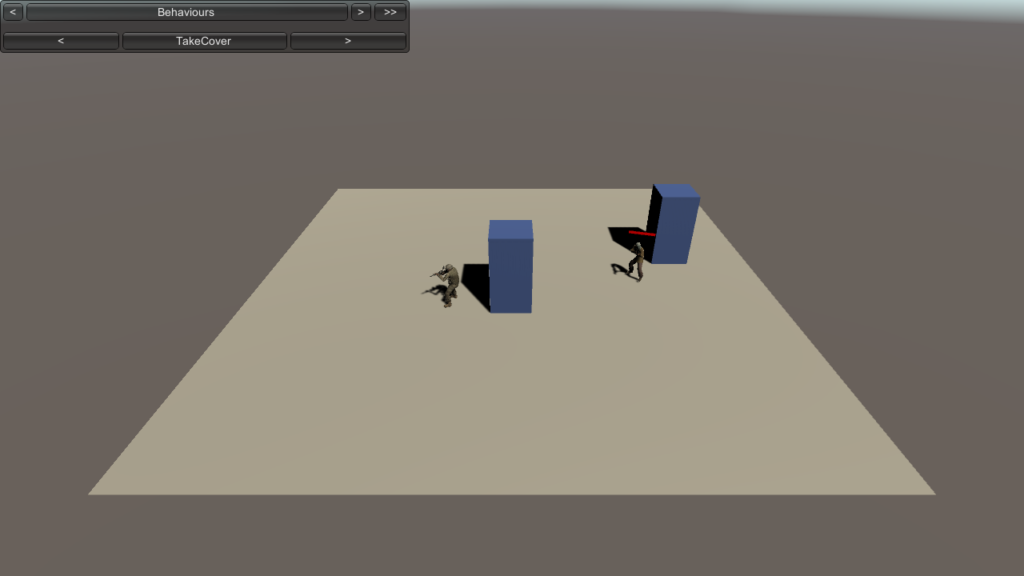
Demonstrates a code-driven set of general and custom agent behaviors for a unit.
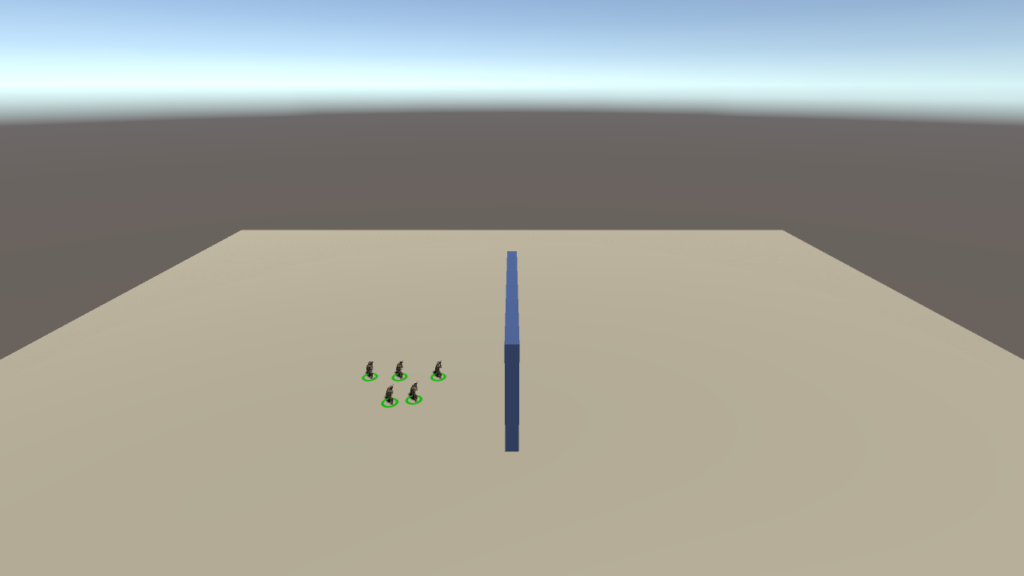
Command agents with basic real-time strategy (RTS) control type input. Displays a selector marquee in a specified color, with selected agents displaying a circular icon at their base.
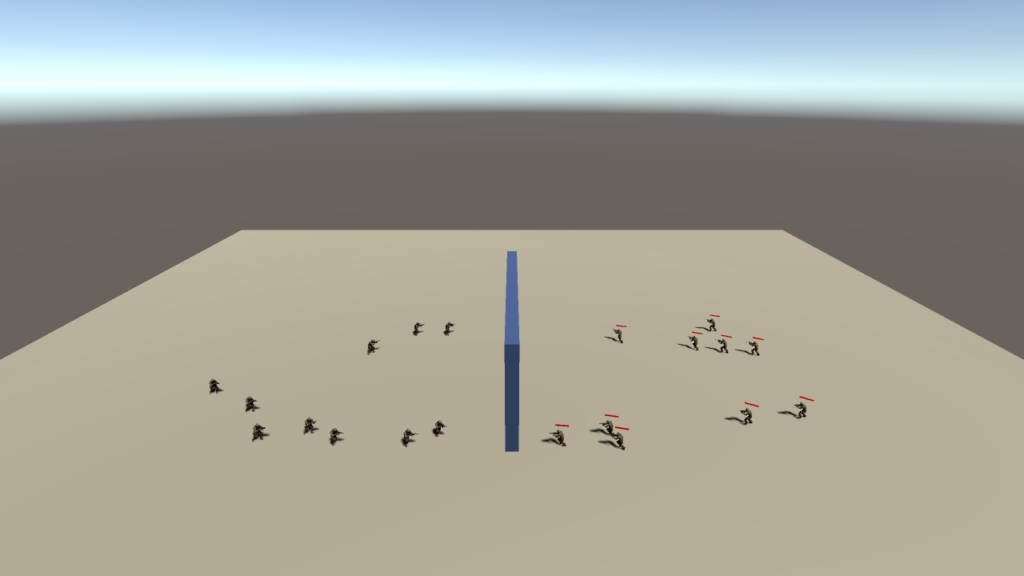
Define the unit spawn parameters of opposing Blue and Red agents. Autonomous behaviors enable each side to navigate obstacles and engage via line-of-sight in order to reach a waypoint.
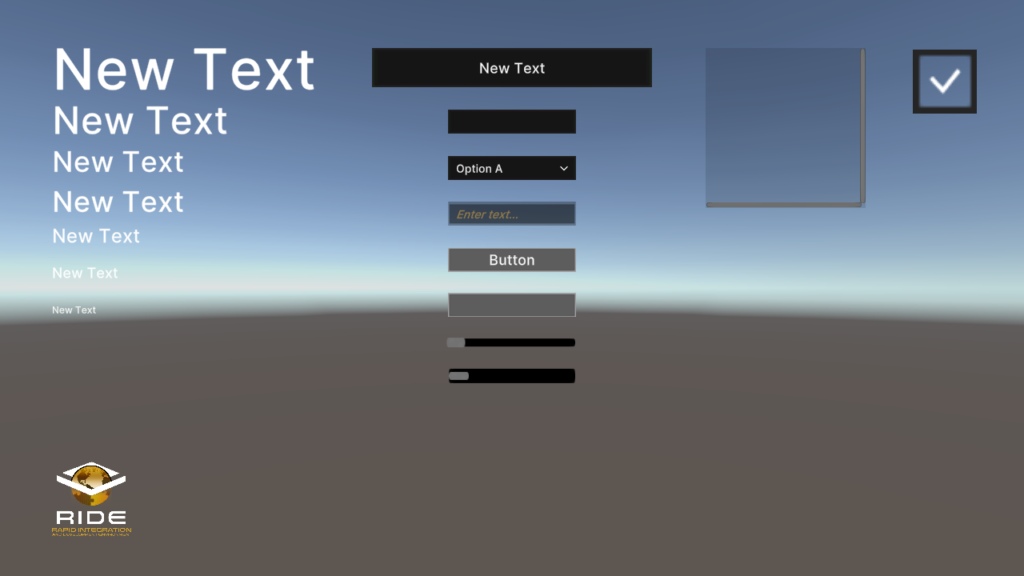
Collects the available UI elements (widgets) in RIDE.
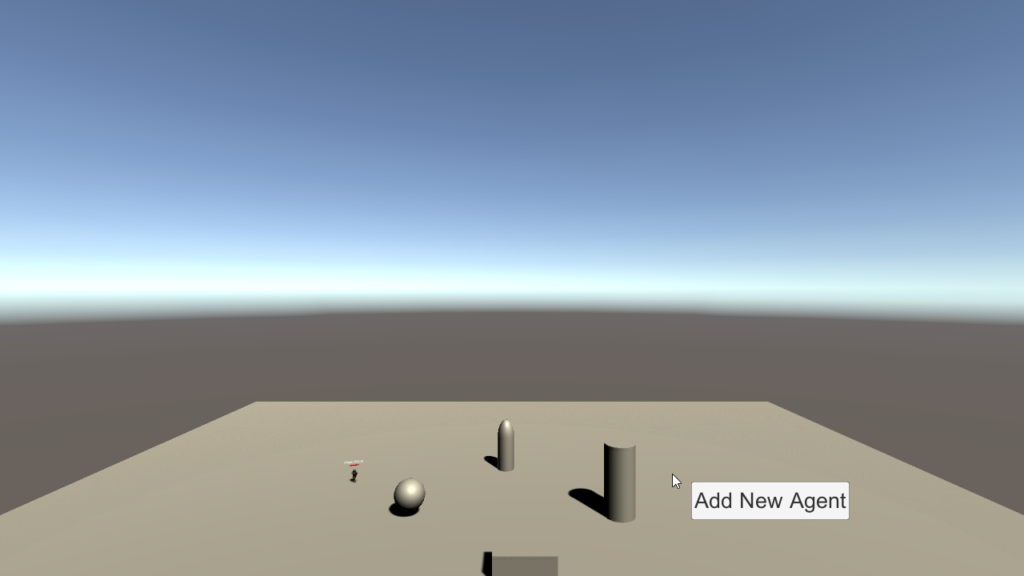
Spawn individual agents or squads, and then commandeer any single unit with full first-person fire/movement controls.

Shows how to upload and download files from cloud services AWS S3 and Azure Blob.

If the CommandLineParser.cs script is in the scene, and you create a build of the scene, then you can process all the ScenarioParameters and run your simulation with or without graphics.
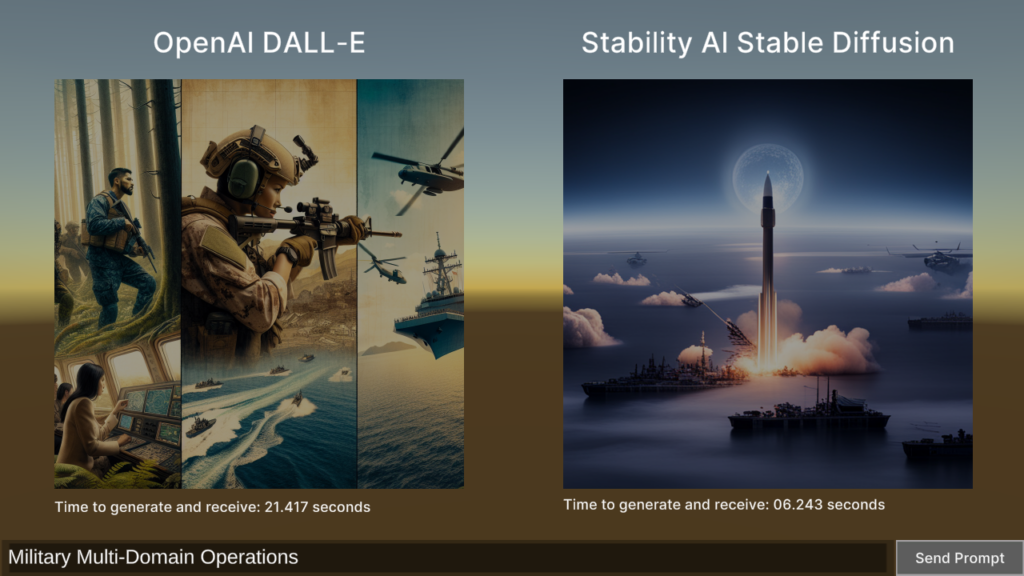
Demonstrates cloud-based text-to-image generative AI, comparing OpenAI DALL-E against Stability AI Stable Diffusion.
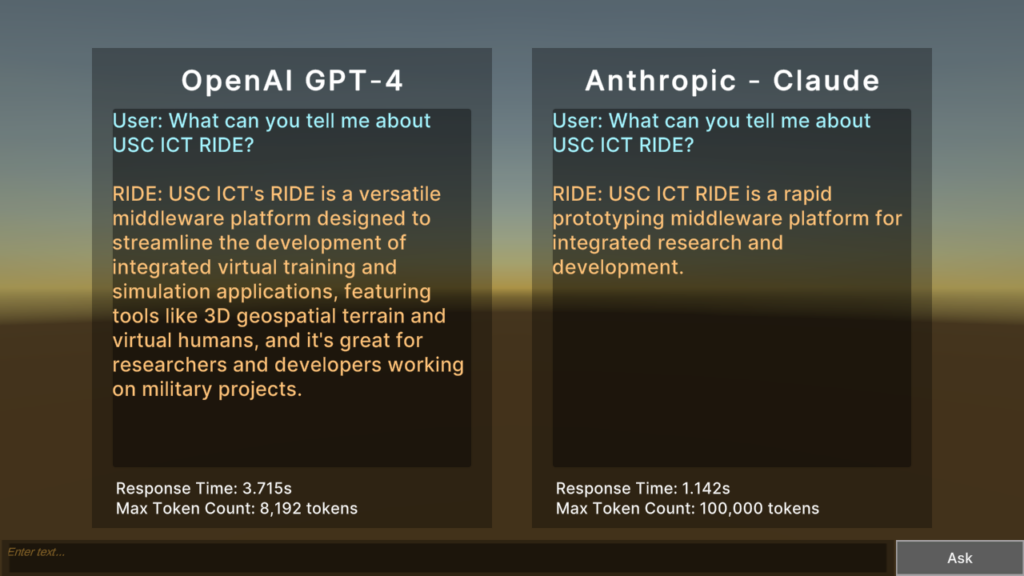
Demonstrates cloud-based large language models (LLMs) generative AI, comparing OpenAI ChatGPT against Anthropic Claude.
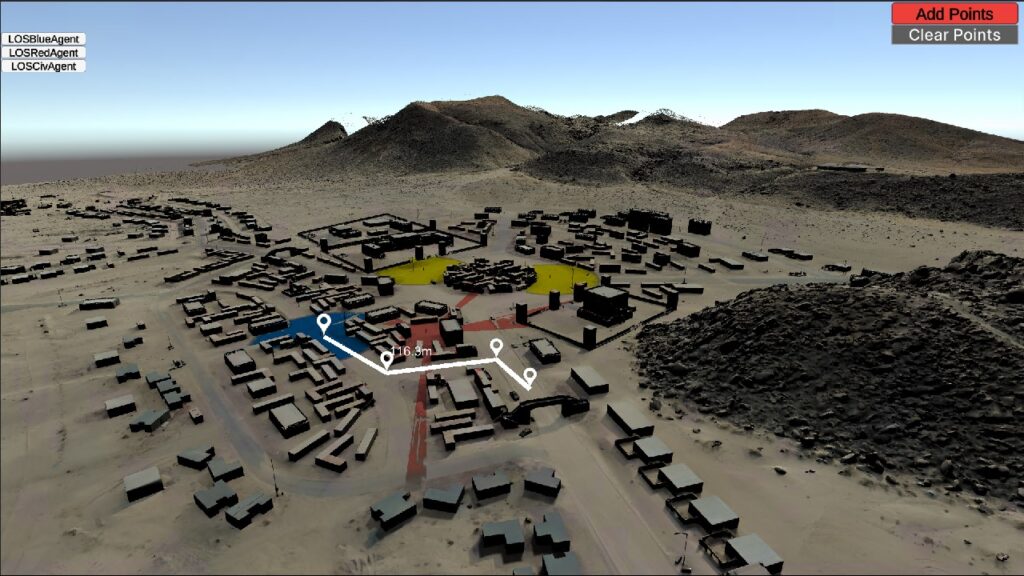
Demonstrates terrain map line-of-sight (LOS) system for BLUEFOR, OPFOR and CIV agents.

Create listeners for events and dispatch events in simulations.

Use the RIDE API to implement your own logging.

Interface systems for moving agents in scenarios.
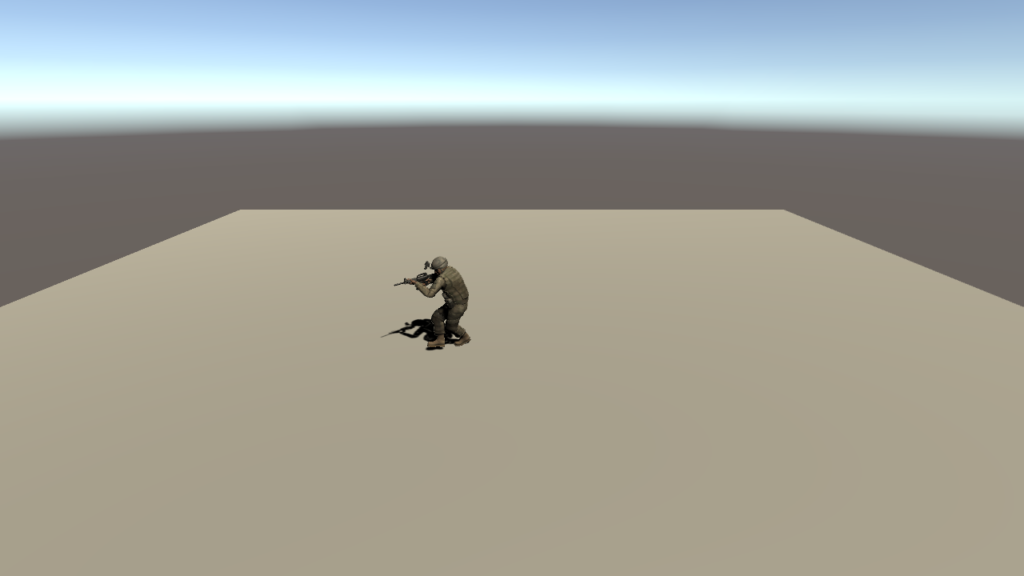
Master scenario events list injection (MSELI) allows you to create arbitrary events in the simulation and provide them with execution orders and conditions for their execution during the scenario.

Create a navigation mesh from local OWT data for agent pathing.
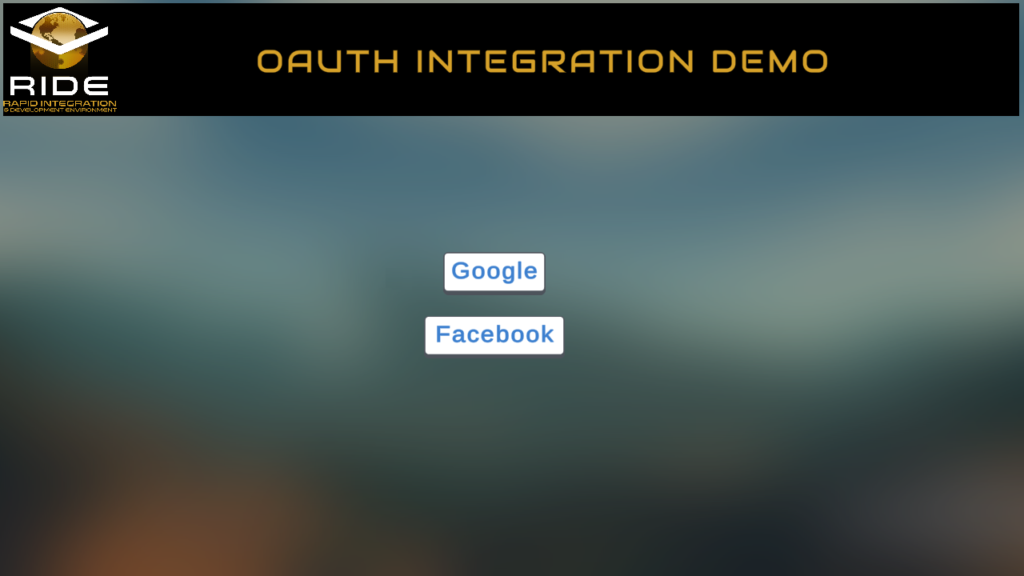
This example demonstrates how to use Google and Facebook OAuth authentication systems within RIDE.

Logs pedagogical events during an active simulation for later analysis.
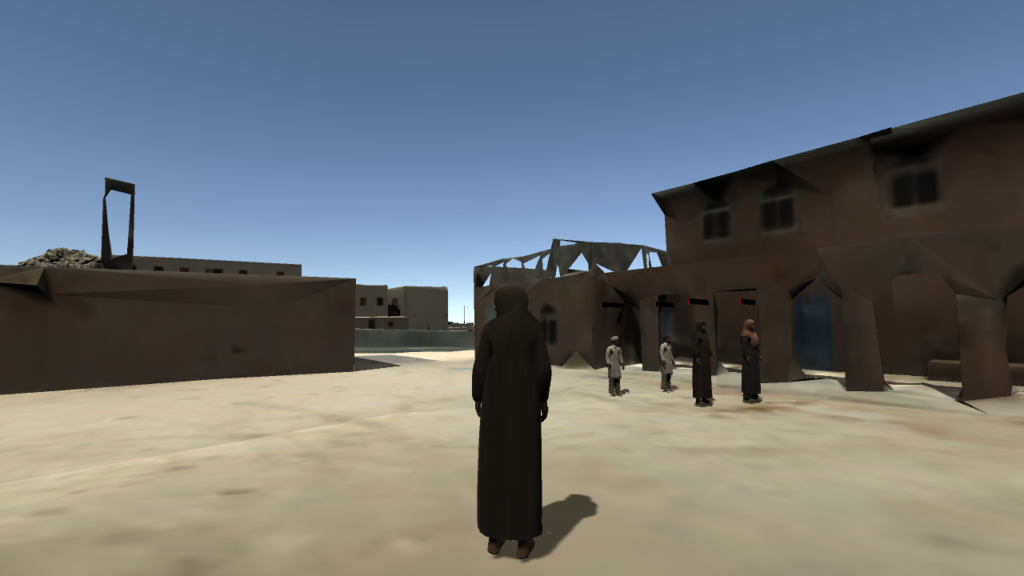
This example scene shows how to create an interactive tour around a terrain using scenario events and custom AI behaviors.
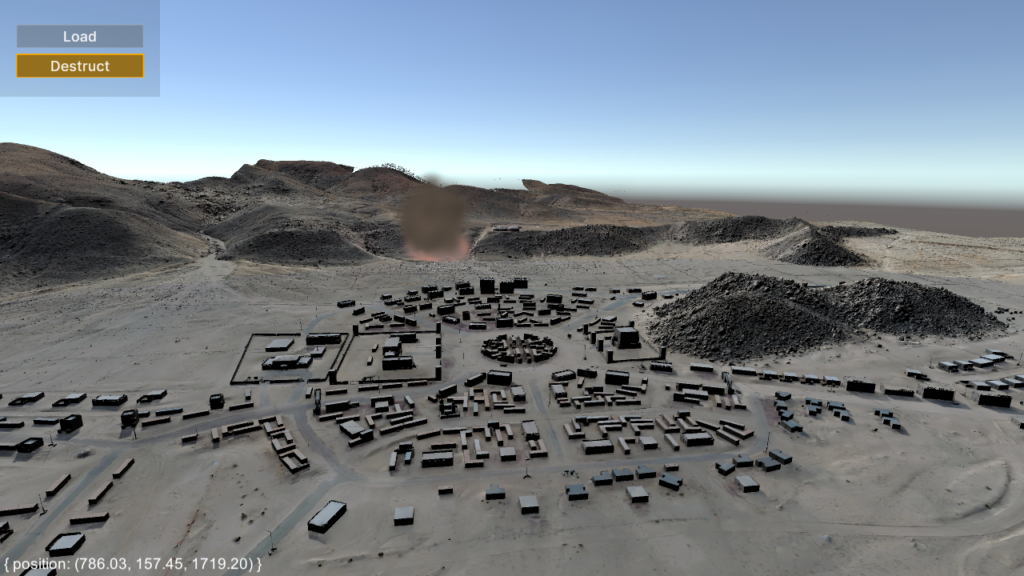
Demonstrates how to host a RESTful service in RIDE so that it can be accessed via an HTTP request from a web browser.

Demonstrates how to spawn and move opposing agents.

Load OWT Terrain from disk, create agents from prefabs or from the scene.
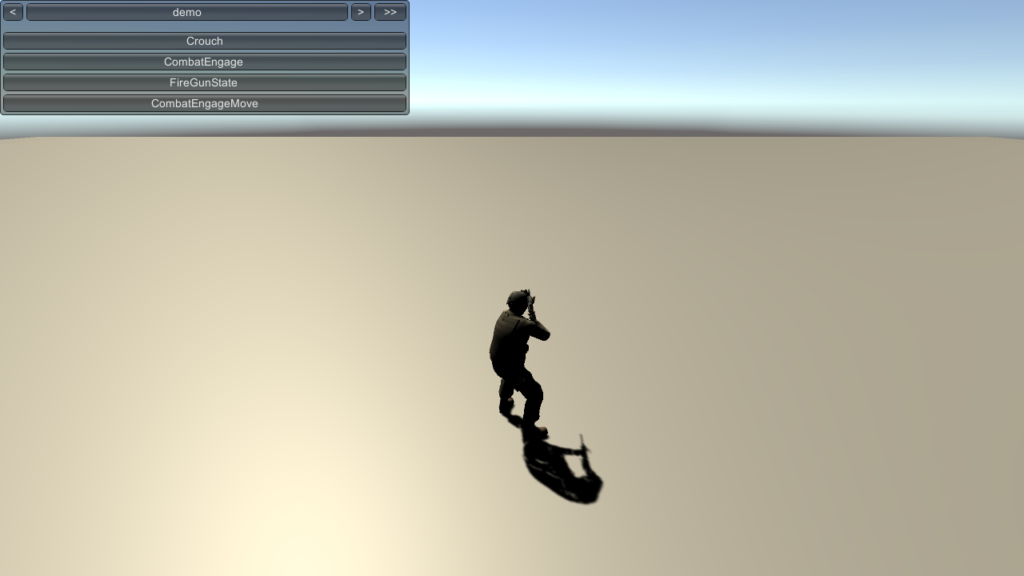
Basic Agent state machine that can be modified as needed for simulations.
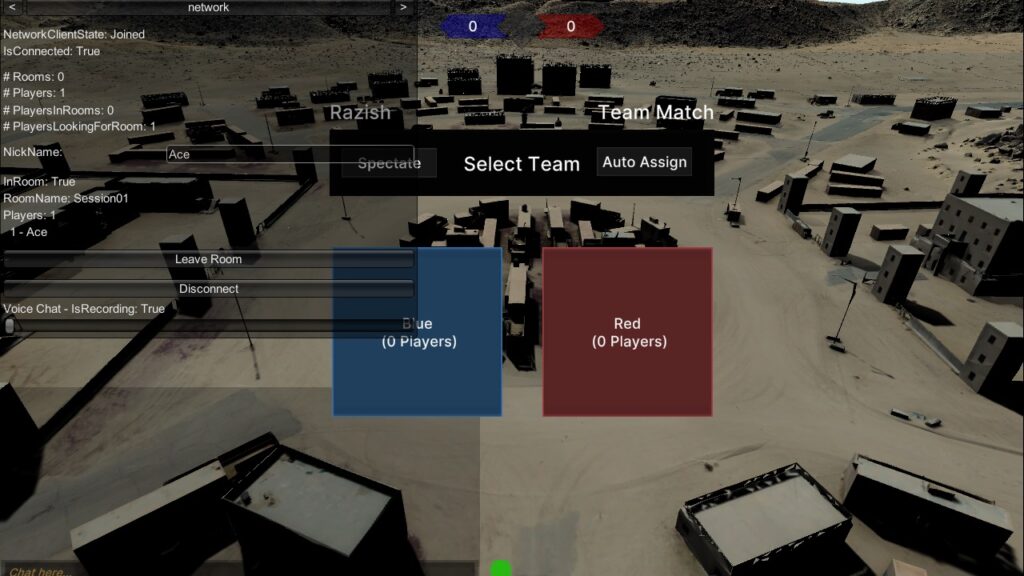
Red vs Blue networked competitive multiplayer on various terrain maps with dismounted or vehicular units.
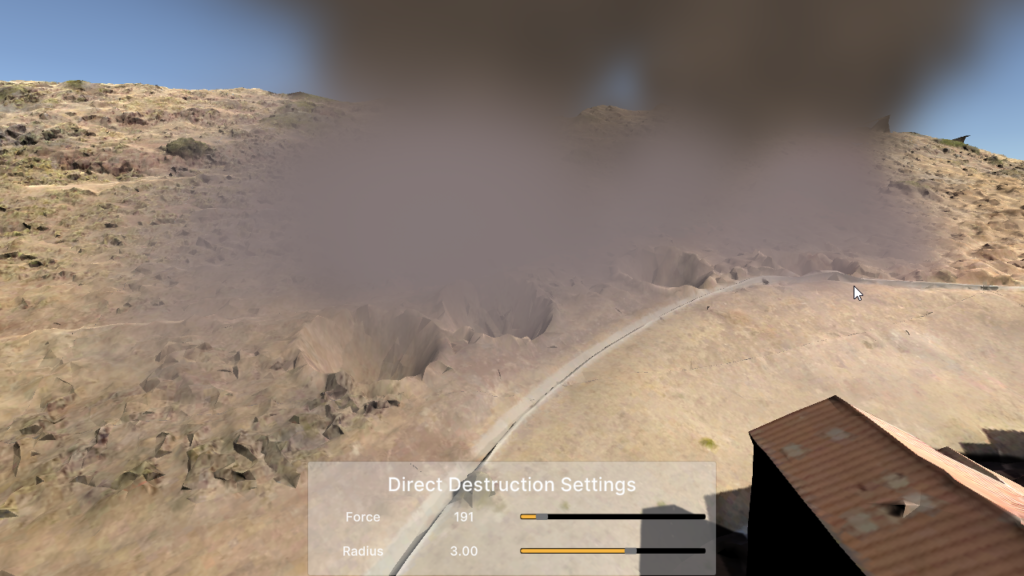
Apply explosive ordnance of user-set intensity and size at any location on a terrain map. Deformation of the surface geometry may change depending on the material/structure classification at that point.
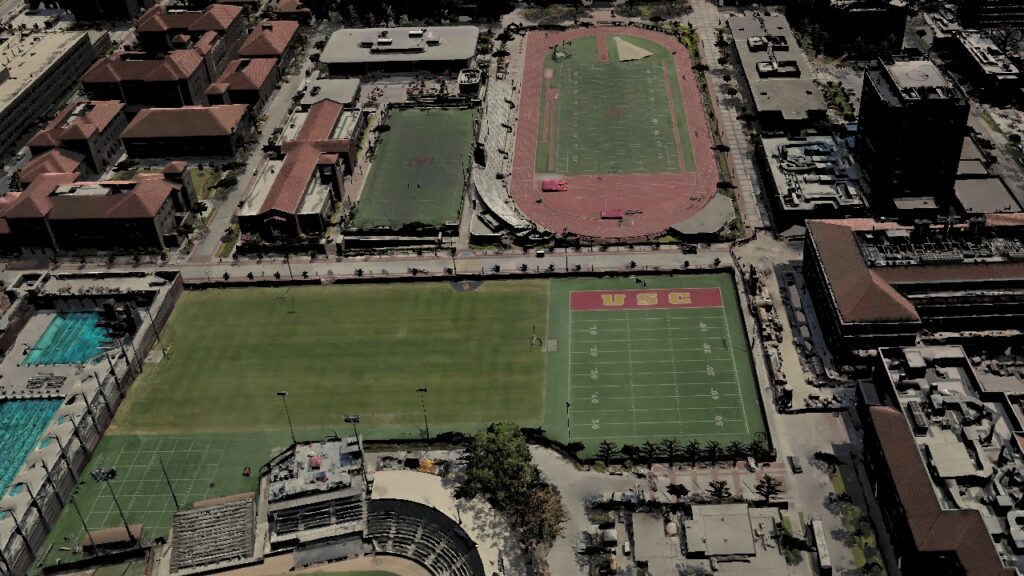
Examine available terrain maps in TILE or LMAB formats, selecting between different LOD settings.
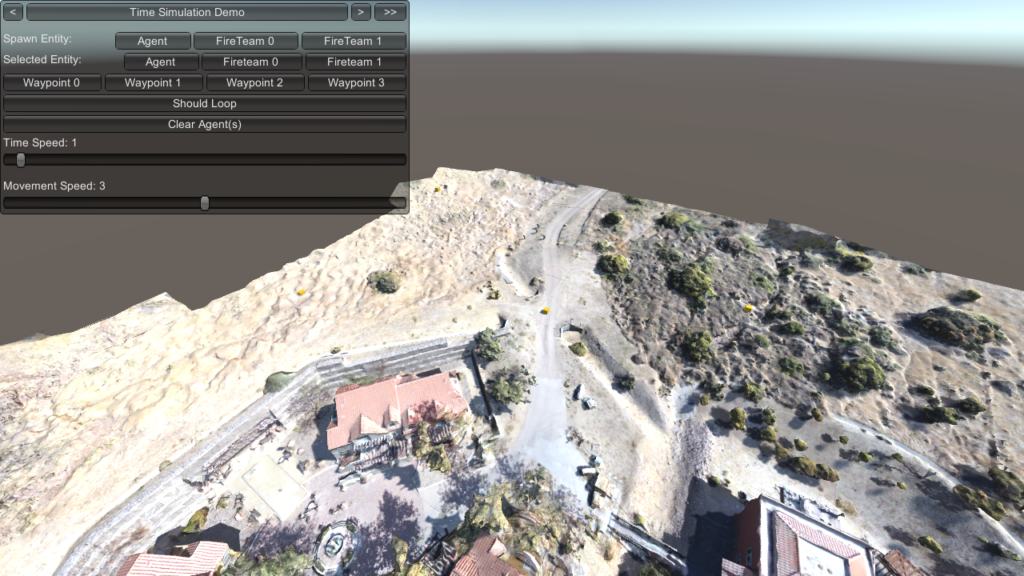
Demonstrates how to control simulation time speed and unit movement speed.
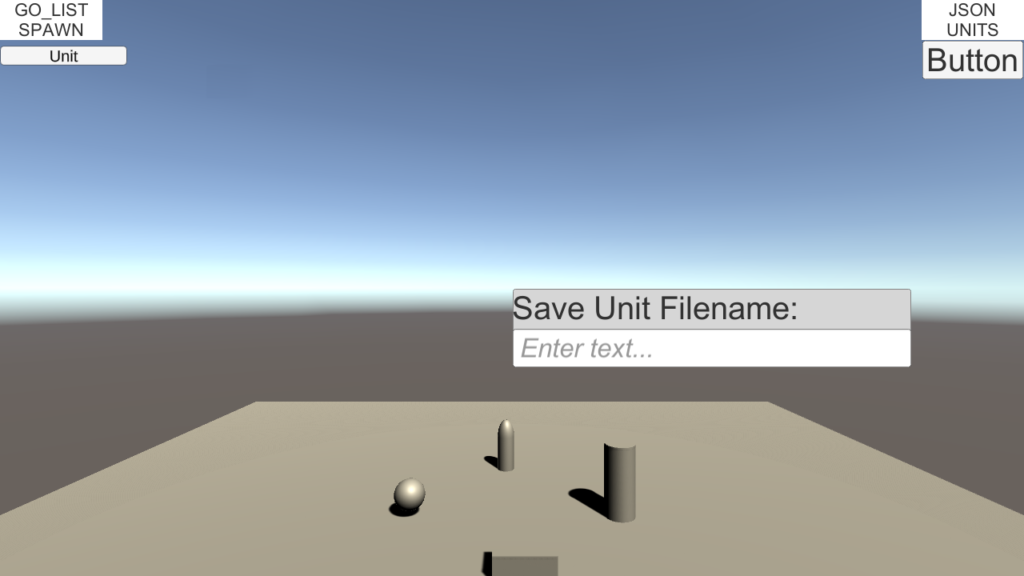
Save agents and/or groups for later retrieval, allowing them to be loaded into the scene via custom menus.
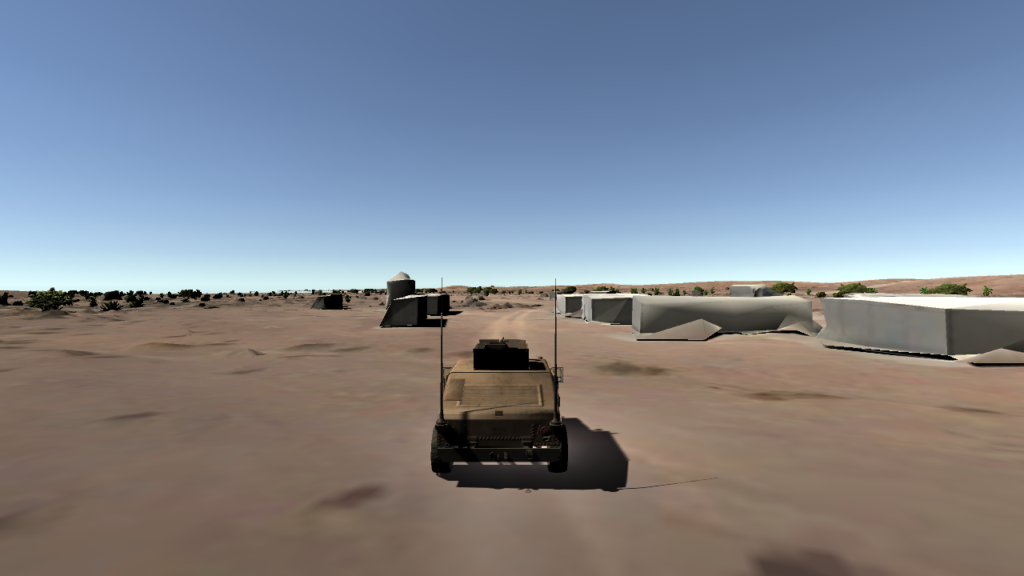
Navigate terrain maps with “drivable” vehicles through basic keyboard or gamepad input. Cycle multiple camera angles in and around the vehicle for observation of variables in the environment that affect physics of the vehicles. An overlay displays vehicle motion statistics in real-time.
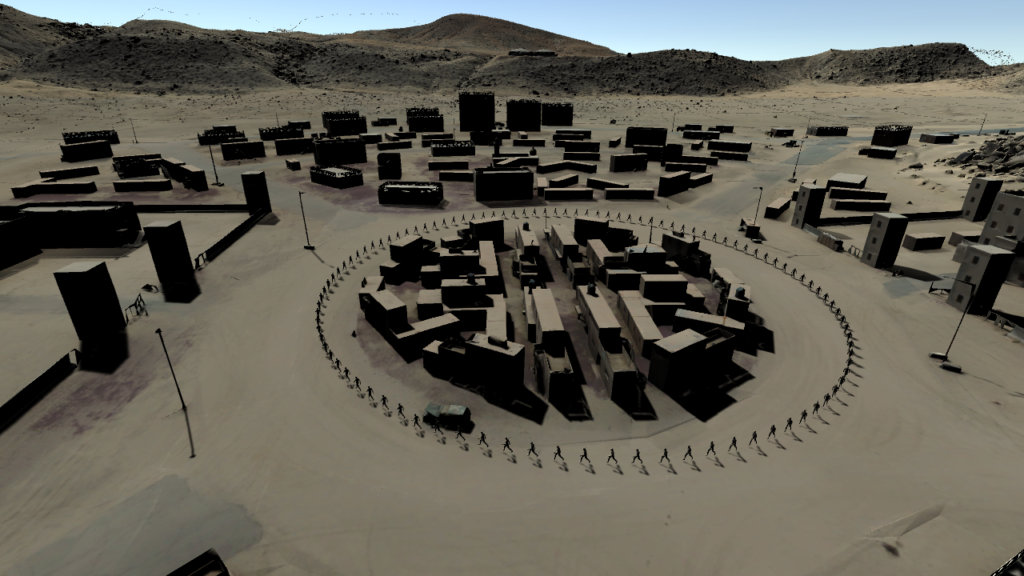
Configure a scalability test with generic in-game agents in real-time and record performance data locally and in the cloud for later analysis.